Encouraging to build new information and visions
Practicing to look things from different perspectives
Practicing to create questions and make justifiable arguments based on observations
Practicing to notice causal connections
Creating requirements for creative thinking
Practising visual recognition
Using technology as a part of explorative process
Using technology for interaction and collaboration
Practicing logical reasoning, algorithms and programming through making
Using technological resources for finding and applying information
Using technology as a part of explorative and creative process
Understanding technological system operations through making
Using technology resources for problem solving
Building common knowledge of technological solutions and their meaning in everyday life
Practicing to plan and execute studies, make observations and measurements
Practicing persistent working
Practicing keyboard skills and touch typing
Familiarizing with the influences of media and understanding its affordances
Practising to understand visual concepts and shapes and observe their qualities
Learning to acquire, modify and produce information in different forms
Understanding and interpreting of matrices and diagrams
Practicing logical reasoning to understand and interpret information in different forms
Practicing versatile ways of working
Practicing decision making
Learning to plan and organize work processes
Practicing time management
Practicing to use imagination and to be innovative
Practicing to observe spoken and written language
Practicing categorization and classification
Practicing memorizing skills
Practicing to notice links between subjects learned
Learning to combine information to find new innovations
Learning to build information on top of previously learned
Practicing strategic thinking
Developing problem solving skills
Encouraging students to be innovative and express new ideas
Practicing to improvise
Practicing creative thinking
Learning to find the joy of learning and new challenges
Practicing to evaluate one's own learning
Practicing to take responsibility of one's own learning
Learning to notice causal connections
Understanding and practicing safe and responsible uses of technology
Realizing the connection between subjects learned in free time
and their impact to skills needed at worklife
Learning about different languages
Practicing to take care of one's own and other people’s safety
Practicing to take care of one's own wellbeing and health
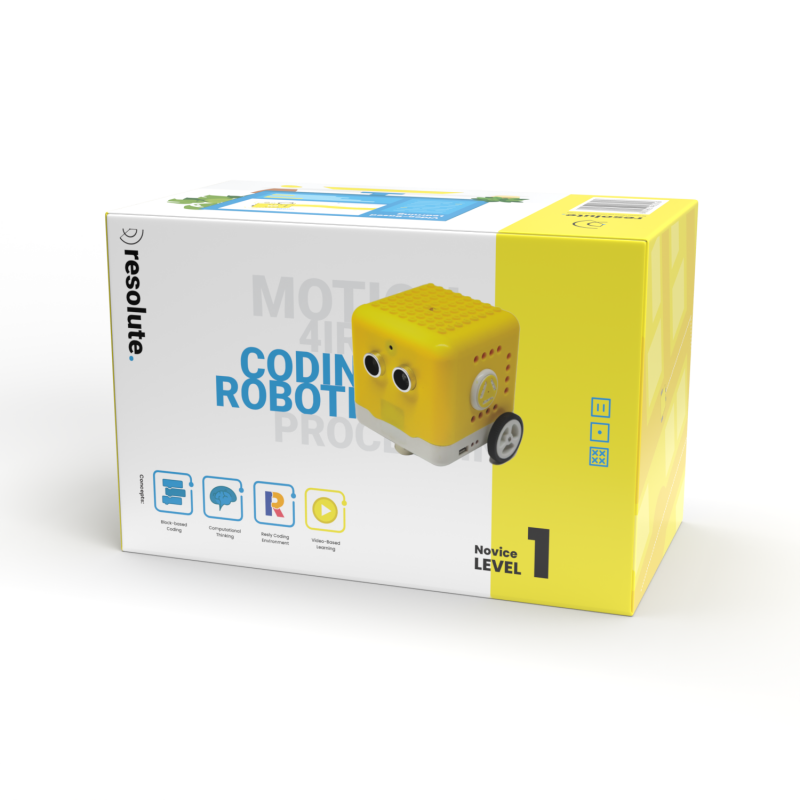


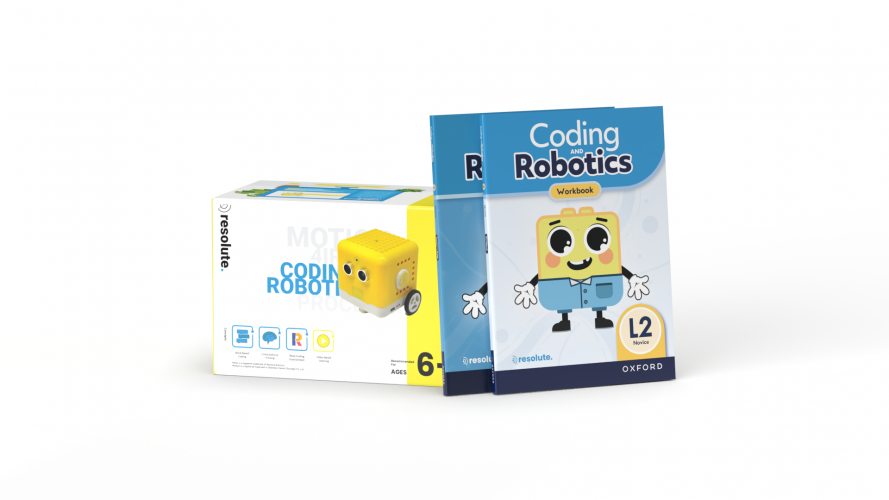
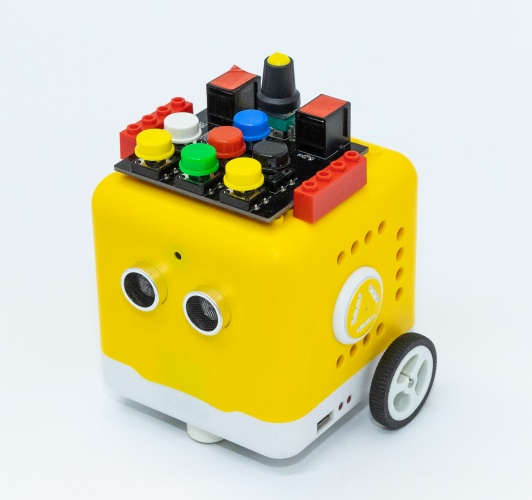
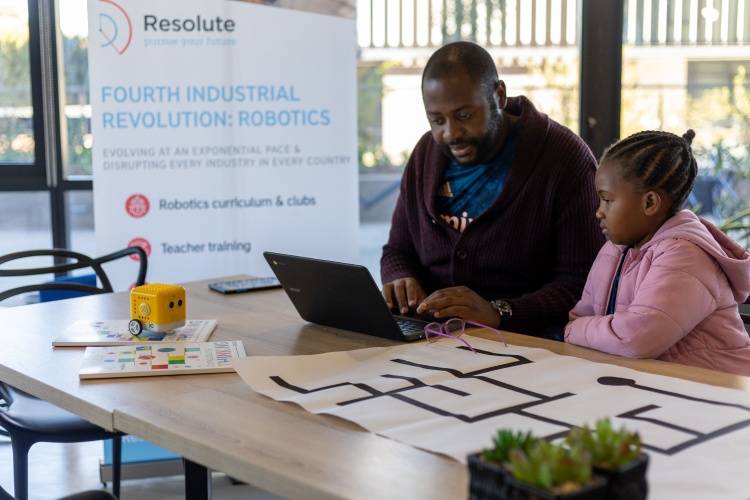
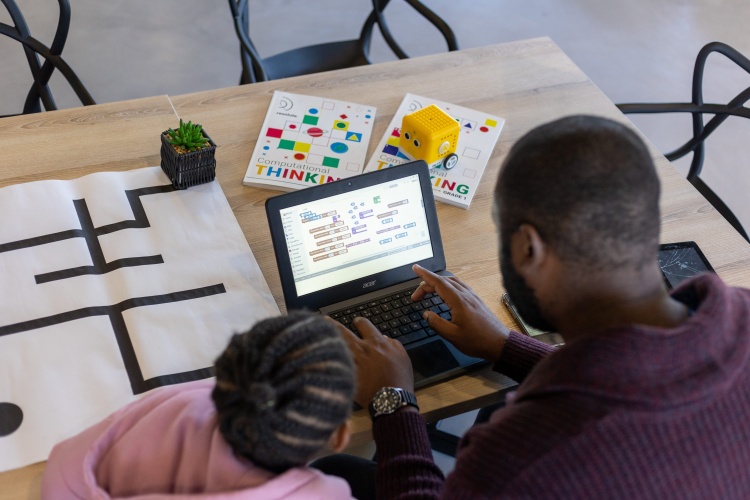
User reviews for Novice Bot
You need to log in to post a review.